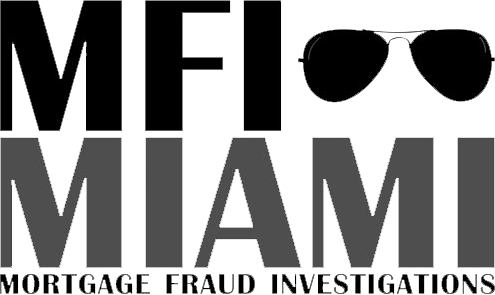Pending Economic Crisis Draws Closer! Banks In Panic Mode As Credit Card Defaults Hit A 16 Year High

Banks are in panic mode as credit card defaults hit a 16 year high. Experts say the pending economic crisis that the rapidly approaching financial crisis has arrived to greet the new Trump Administration.
Americans are defaulting on their credit cards at the highest level since in the wake of the 2008 financial crisis.
Lower income consumers were able to building up cash reserves during the Covid-19 pandemic. However, the high inflation caused by the post-pandemic recovery has now all but depleted their savings.
Credit card lenders wrote off $46 billion in seriously delinquent loan balances in the first nine months of this year.
That is up 50% from the same period in 2023. The Financial Times reports it is a 14 year high.
What are write-offs? Write-offs are when a bank decides it is unlikely a borrower will make good on their debts. They are also a clear sign of growing financial distress.
Household funds are becoming increasingly stretched after years of high inflation and heightened borrowing costs.
The Federal Reserve began cutting benchmark borrowing costs from 21-year highs in September. However, the central bank signaled earlier this month the pace of cuts would be slower next year than expected.
Banks are yet to report their numbers for the fourth quarter of this year. There are early signs that more consumers are falling significantly behind on what they owe.
Capital One said that as of November, its yearly credit card write-off rate had risen to 6.1%. This is an increase of 5.2% last year.
Pent Up Consumers Went Shopping Sprees When The Pandemic Ended

Consumers were ready to spend money like drunken sailors after being forced to stay at home during the pandemic.
As a result, credit card balances soared. Lenders accepted some customers who might not normally have qualified to take on debt. However, people had bank accounts were flush with cash.
But increased spending and supply chain bottlenecks led to a surge of inflation.
As a result, the Fed began aggressively hiking interest rates in 2022.
Higher interest rates then made it more difficult for people to pay off their credit card bills. Namely, low-income Americans who may not have qualified in the past to take on loans.
In the 12 months to September, therefore, Americans paid $170 billion in interest on their credit cards, the outlet reported.
Many Americans hoped for some relief from high interest rates next year. However, the Fed muted its forecast for rate cuts next year at its latest meeting.
Officials now project they will make just two quarter-percentage-point rate reductions by the end of 2025.
Credit card delinquency rates are also high. Experts see this as a warning sign.
A delinquency is when a borrower fails to make a minimum monthly payment 30 days or more past the due date on their credit card statement.
Banks consider a payment is missed by just one or two days a late payment.
Americans hold $37 billion in credit card debt which is at least one month overdue, according to the Financial Times.



